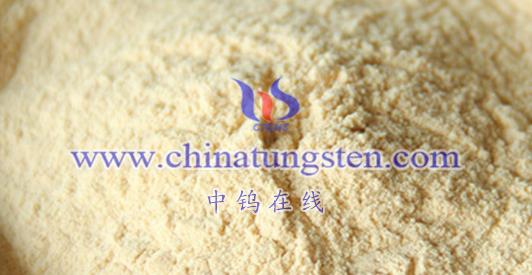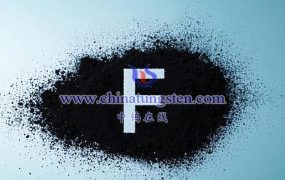
Pseudocapacitance in nano tungsten oxide supercapacitors refers to the phenomenon of energy storage via a pseudocapacitive mechanism, where nano-scale tungsten oxide (such as WO₃) is used as the electrode material in supercapacitors. Pseudocapacitance, also known as Faradaic pseudocapacitance, is an energy storage method that lies between traditional capacitors and batteries. It is characterized by highly reversible chemical adsorption, desorption, or oxidation-reduction reactions occurring on the surface or within the bulk phase of the electrode material. These reactions result in capacitance related to the charging voltage of the electrode.
Characteristics of Nano Tungsten Oxide Supercapacitor Pseudocapacitance:
- High Specific Capacity: Due to its nanoscale and high surface area, nano tungsten oxide can provide more active sites for Faradaic reactions. As a result, pseudocapacitance offers a much higher specific capacity compared to electric double-layer capacitance, which can be 10 to 100 times higher under the same electrode area.
- High Energy Density: Since the pseudocapacitance mechanism involves charge transfer through chemical reactions, nano tungsten oxide supercapacitors can store more energy, resulting in a higher energy density.
- Fast Charging and Discharging: Although pseudocapacitance involves chemical reactions, these reactions are typically highly reversible and have fast kinetic rates, allowing nano tungsten oxide supercapacitors to achieve rapid charging and discharging cycles.
- Long Cycle Life: Nano tungsten oxide materials exhibit good structural stability and electrochemical stability during charge and discharge, thus providing a long cycle life for nano tungsten oxide supercapacitors.
Energy Storage Mechanism of Nano Tungsten Oxide Supercapacitor Pseudocapacitance
The energy storage mechanism of nano tungsten oxide supercapacitors with pseudocapacitance includes several types:
- Underpotential Deposition: Metal ions or protons undergo Faradaic adsorption/desorption on the surface of nano tungsten oxide using the oxidation-reduction potential difference, forming an adsorbed monolayer, also known as two-dimensional adsorption pseudocapacitance.
- Redox Pseudocapacitance: Ions in the electrolyte undergo electrochemical adsorption on the nano tungsten oxide surface and participate in electron transfer reactions with the active material’s surface, converting electrons/ions into charge for storage.
- Intercalation Pseudocapacitance: For tunnel-like or layered structures of nano tungsten oxide materials, electrolyte ions can intercalate into the pores or layers of the material, reacting with surrounding atoms and electrons, enabling charge storage and release.
Application Prospects
Nano tungsten oxide supercapacitors with pseudocapacitance, due to their high specific capacity, high energy density, fast charging and discharging, and long cycle life, have broad application prospects in fields such as energy storage, portable electronic devices, and electric vehicles. With the continuous advancement of nanotechnology and materials science, the performance of nano tungsten oxide supercapacitors will further improve, and their applications will expand.
Considerations
When preparing and applying nano tungsten oxide supercapacitors with pseudocapacitance, attention should be paid to factors such as the control of material structure, surface modification, electrode design, and electrolyte selection to optimize the capacitor’s performance and extend its lifespan. Furthermore, issues related to material cost and environmental friendliness should be considered to achieve sustainable development.
More details of tungsten oxide product, please visit website: tungsten-oxide.com
Please contact CHINATUNGSTEN for inquiry and order of tungsten oxide:
Email: sales@chinatungsten.com
Tel.: 86 592 5129595






